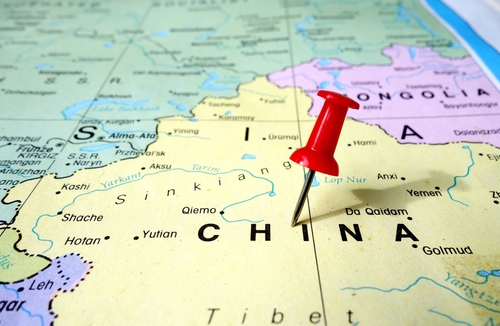The International Council on Clean Transportation (ICCT) has issued a paper on China’s new policy, jointly released by the Ministry of Transport (MOT) and the National Development and Reform Commission (NDRC), aimed at scrapping and renewing coastal and inland river ships.
The policy is part of China’s broader effort to improve the energy efficiency of its maritime fleet and accelerate the transition to low-carbon fuels, which is crucial to achieving its carbon-peaking and carbon-neutrality goals. The paper details the scope and incentives of this new policy and compares them with those under the previous policy, which was in effect from 2015 to 2019.

Notably, the new subsidy policy, which took effect in August 2024, covers a broader range of ships and offers larger incentives. This shift underscores China’s strong commitment to decarbonizing its maritime fleet.
One of the main differences between the 2024 subsidy and the 2015 subsidy is that more coastal and inland river ships now qualify (Table 1), though ocean-going vessels and fishing ships are excluded from the 2024 policy. Previously, a single-hull oil tanker’s deadweight tonnage (DWT) had to be over 600, and for all other types of coastal ships, the gross tonnage (GT) had to be over 1,000.
The 2024 version removes all such size requirements. Additionally, regarding alternative propulsion, the 2015 policy only subsidized new-build liquefied natural gas (LNG) ships, while the 2024 policy expands the scope to include more options under the umbrella term “new/clean energy” vessels.
Over the five-year period from 2024 to 2028, up to $21 billion (¥148 billion) will be allocated to support fleet renewal, enhancing energy efficiency and accelerating the adoption of clean energy vessels.
To ensure effective use of these funds and to achieve the desired impact, the MOT and NDRC will collaborate with provincial-level departments to manage and monitor the distribution of subsidies.






























































